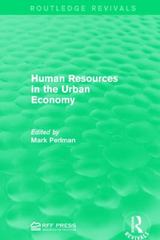Answered step by step
Verified Expert Solution
Question
1 Approved Answer
I've been trying so hard to solve this question if anyone can help me I will really appreciate that. :) 3. (20 points) Please show
I've been trying so hard to solve this question if anyone can help me I will really appreciate that. :)

Step by Step Solution
There are 3 Steps involved in it
Step: 1

Get Instant Access to Expert-Tailored Solutions
See step-by-step solutions with expert insights and AI powered tools for academic success
Step: 2

Step: 3

Ace Your Homework with AI
Get the answers you need in no time with our AI-driven, step-by-step assistance
Get Started


